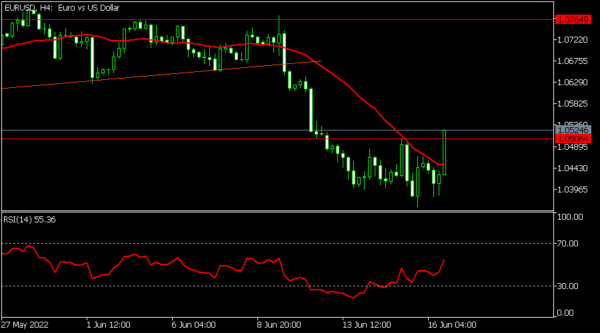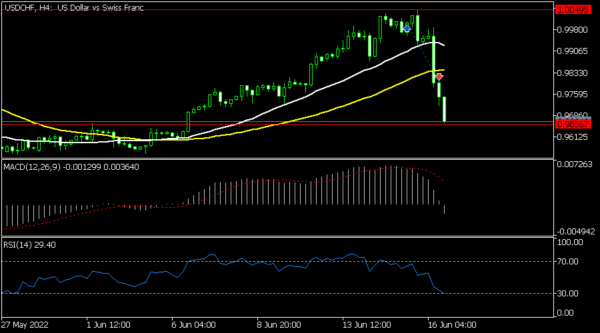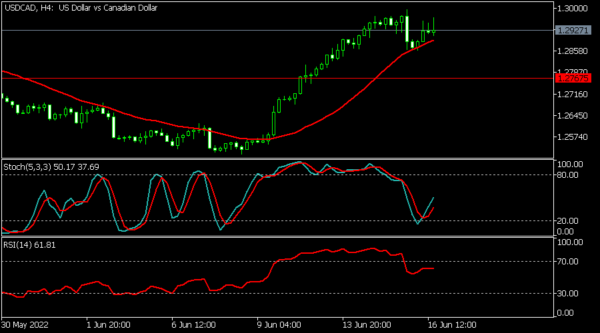The US dollar index rose as volatility jumped sharply following the interest rate decision by the Federal Reserve. The Fed delivered its biggest rate hike since 1994 and hinted that it will continue hiking interest rates in a bid to deal with inflation. Still, there are signs that the hawkish Fed could backfire. For example, data published on Thursday showed that the country’s initial jobless claims rose by 229k in the previous week. At the same time, building permits declined by 7% in May after falling by 3% in April. Housing starts declined by a whopping 14.4% in May after rising by 5% in the previous month.
American equities dropped sharply as investors reacted to the interest rate decision by the Fed and the rising cost of doing business. The Dow Jones dropped by 800 points while the tech-heavy Nasdaq 100 index declined by over 500 points. They declined sharply after mortgage rates rose to the highest levels in over 13 years. At the same time, Tesla announced that it was hiking prices because of surging costs. Prices of some car models will rise by as much as $6000. Other companies are expected to see smaller margins because of the rising cost of doing business.
The economic calendar will be muted on Friday. The most important data to watch will be the headline consumer price index (CPI) data. Based on the recent estimate, analysts expect the data to show that the bloc’s headline CPI rose to 8.1% in May while the core CPI rose to 3.8%. This inflation is expected to keep rising in the coming months because of the soaring cost of oil and gas. Other important data will be the latest industrial inflation numbers from Canada. Jerome Powell will deliver his first statement after the rate hike while the US will publish the latest industrial and manufacturing production data.
EURUSD
The EURUSD pair rose sharply ahead of the upcoming EU inflation data. It rose to a high of 1.0522, which was the highest level since June 13. The pair managed to move above the important resistance level at 1.0500. It has moved above the 25-day and 50-day moving averages while the RSI moved above the oversold level. In the long-term, the pair has formed an inverted cup and handle pattern, signaling that it will resume the downward trend.
USDCHF
The USDCHF pair crashed hard after the surprise rate hike by the Swiss National Bank (SNB). The pair dropped to the important support level at 0.9645, which was the highest point on June 2. As it dropped, the pair invalidated the cup and handle pattern. The MACD and the Relative Strength Index (RSI) have been falling. The pair will likely have a relief rally on Friday.
USDCAD
The USDCAD pair rose slightly as the US dollar strengthened. The pair is trading at 1.2927, which is slightly below this week’s high. The pair remains above the 25-day moving average while the Relative Strength Index (RSI) moved slightly below the overbought level. The Stochastic Oscillator moved slightly upwards. Therefore, the pair will likely keep rising as bulls target the key resistance at 1.300.















